

Graphene shows a guarantee for another class of ultra-flimsy films, containing molecularly characterized tiny holes with breadths moving toward hydrated particles. That trademark stays ideal for the plan of films equipped for high-speed and particular liquid transport. An immaculate single layer of graphene remains impenetrable for several molecular substances. That persuades the presentation of specific imperfections all through the graphene grid to empower the stream of water atoms. On-going advances in post-blend receptive handling of chemical vapour deposition (CVD) graphene have delivered molecularly porous membrane for water cleaning. Specialists made that conceivable by making arbitrarily scratched pores and little scope gaps in the graphene membrane. Those strategies include an arrangement of and complex methodology that are hard to consistently actualize in high thickness and enormous scopes. In this way, the capacity of the CVD graphene membrane for water cleansing and desalination stays confined to limited scopes.
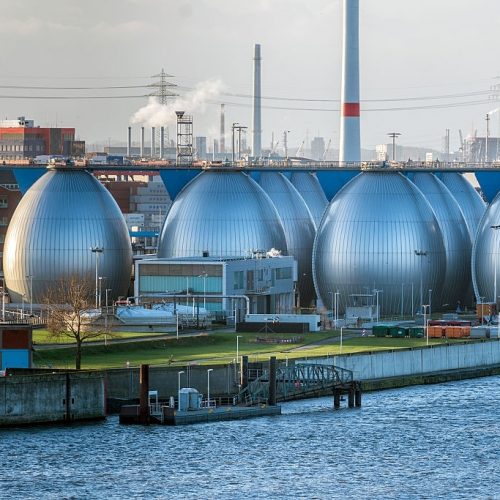
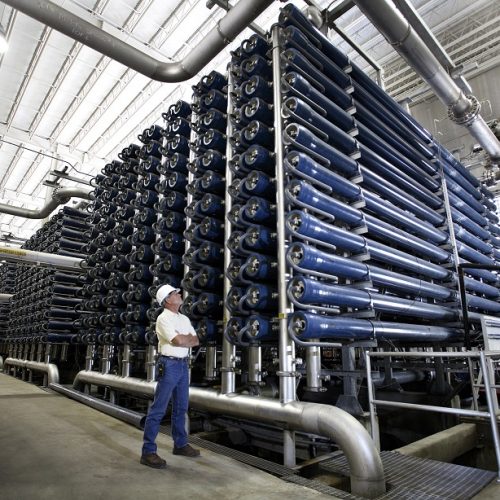
In addition, while the CVD blend offers great power over the development of graphene films, it stays a costly cycle as a result of the need for packed gases and broad vacuum activity. Besides, the frequency, hydrophobic nature of CVD graphene makes extra obstacles for usage in the water decontamination layer. Thus, these specialized difficulties obstruct the business practicality of CVD graphene membrane for water filtration. Notwithstanding the little inherent pores that limit the water fume section, CVD graphene films have various physio compound properties that are significant for MD implementation.
On-going advances in post-blend receptive handling of chemical vapor deposition (CVD) graphene have delivered molecularly porous membrane for water cleaning.
Specialists made that conceivable by making arbitrarily scratched pores and little scope gaps in the graphene membrane. Those strategies include arrangement of and complex methodology that are hard to consistently actualize in high thickness and enormous scopes.
In this way, the capacity of CVD graphene membrane for water cleansing and desalination stays confined to limited scopes.
In addition, while CVD blend offers great power over the development of graphene films, it stays a costly cycle as a result of the need of packed gases and broad vacuum activity.
Besides, frequently, hydrophobic nature of CVD graphene makes extra obstacles for usage in water decontamination layer. Thus, these specialized difficulties obstruct the business practicality of CVD graphene membrane for water filtration.
Notwithstanding the little inherent pores that limit the water fume section, CVD graphene films have various physio compound properties that are significant for MD implementation.
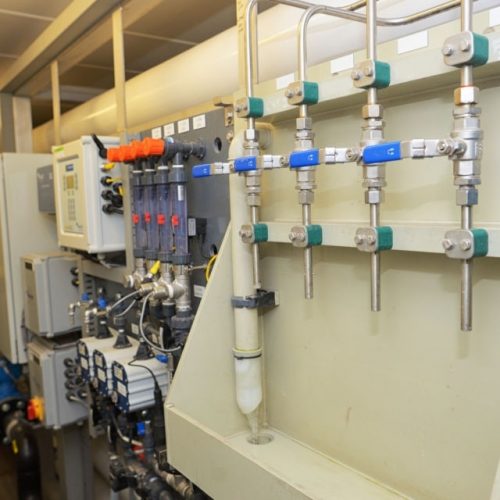
MD is a quickly arising thermally determined water cleaning innovation that is especially encouraging for the treatment of seawater, mechanical effluents and saline solution. That can be acquired from the turn around assimilation and different desalination measures. In the MD interaction, water refinement is driven by a fume pressure inclination across a permeable and hydrophobic film. That circumstance is made by equal progressions of a hot feed arrangement and penetrates the stream, where water fume is framed at the interface of the film. At that point, it is moved to the contradicting cold penetrate side. Key worthwhile highlights of the MD cycle incorporate water creation practically free of the feed arrangement saltiness. Likewise, it can possibly dismiss a greater part of non-unstable constituents, like broke down salt and organics. It has the capacity to use the second rate squander warmth to drive the cycle, too. These benefits empower MD to be a promising green innovation for zero fluid release cleansing cycles.
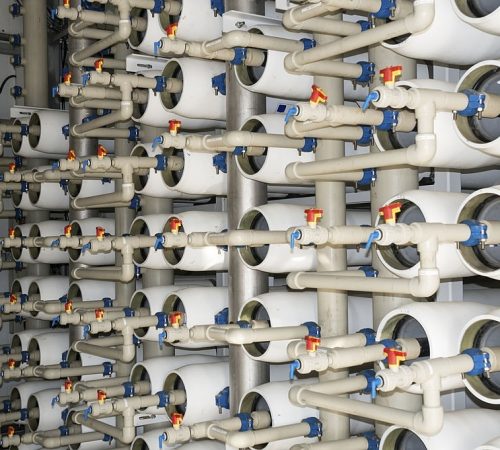
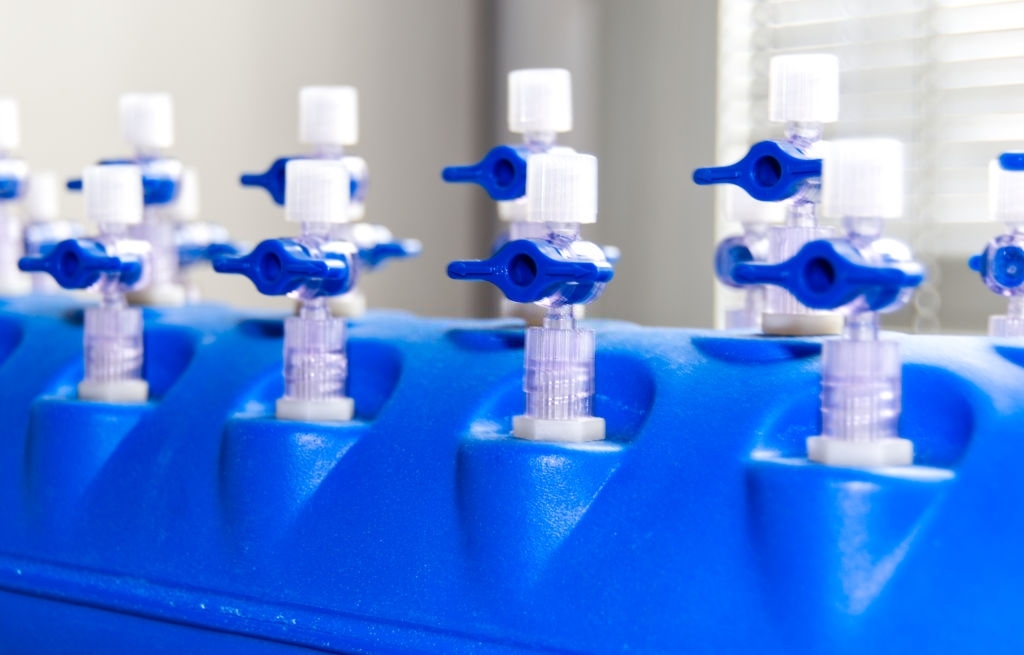
Connecting these to the CVD graphene film, both materials can cooperate with each other for the desired purpose. That can occur due to the properties that they can utilize out of the membrane. Those incorporate its great mechanical strength, heat and compound dependability, hydrophobicity and molecularly slight thickness. As of late, upgrades in the exhibition of water refinement measures have been shown with the joining of graphene chips in the films. In any case, as of recently, the broad guarantees and capability of two-dimensional (2D) graphene films for water purging have not been figured out. Through the corresponding microscopy, portrayal and computational recreations, they propose another instrument in water fume pervasion in C
Connecting these to the CVD graphene film, both materials can cooperate with each other for the desired purpose. That can occur due to the properties that they can utilize out of the membrane. Those incorporate its great mechanical strength, heat and compound dependability, hydrophobicity and molecularly slight thickness. As of late, upgrades in the exhibition of water refinement measures have been shown with the joining of graphene chips in the films. In any case, as of recently, the broad guarantees and capability of two-dimensional (2D) graphene films for water purging have not been figured out. Through the corresponding microscopy, portrayal and computational recreations, they propose another instrument in water fume pervasion in CVD graphene film through natural minuscule channels of bungled covering grain limits.
Water is an invaluable resource in the world. However, the intelligent use and maintenance of water supplies are among the most crucial challenges that stand before humankind. For billions of people, access to clean water has become a severe problem. Thanks to new technologies and research, there is a constant pursuit of innovations to respond to clean water’s desperate demand.
In some researches, graphene is used for different water treatment uses. It did not only manifest great potential for eliminating bacteria and other pollutants but also, graphene desalinates seawater. On an important note, graphene also exhibits two of its primary strengths over other materials: permeability and selectivity.
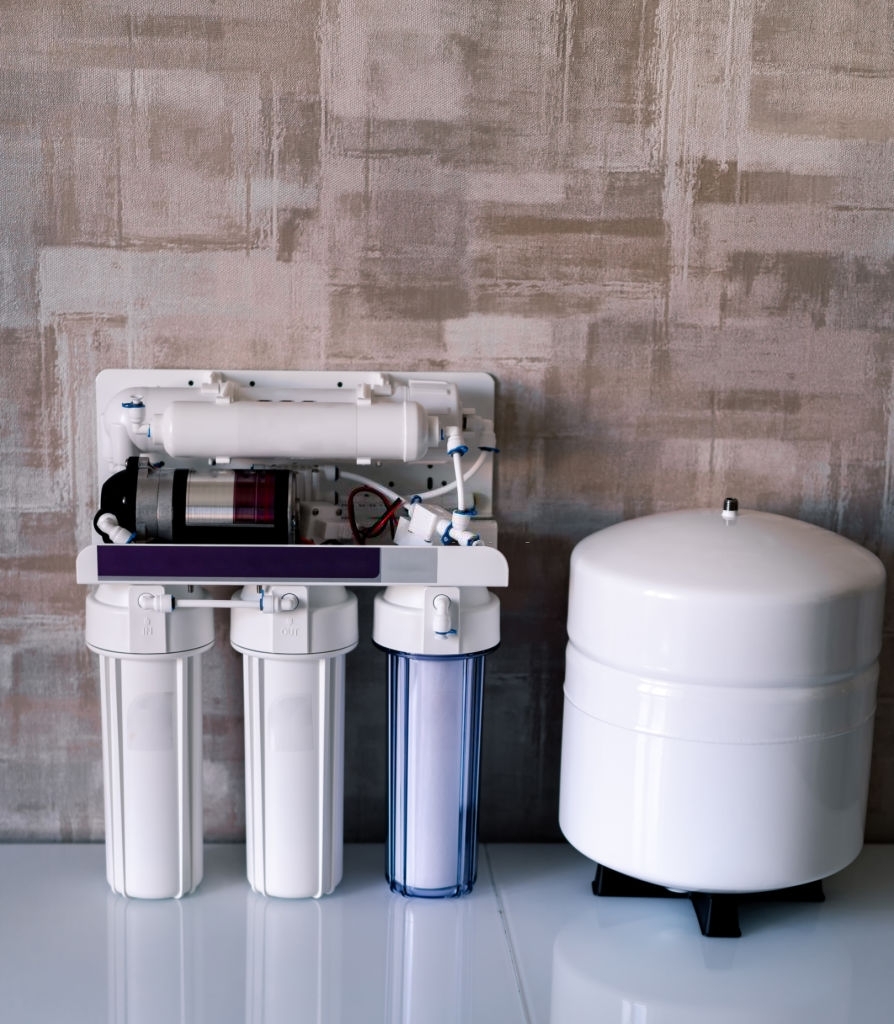
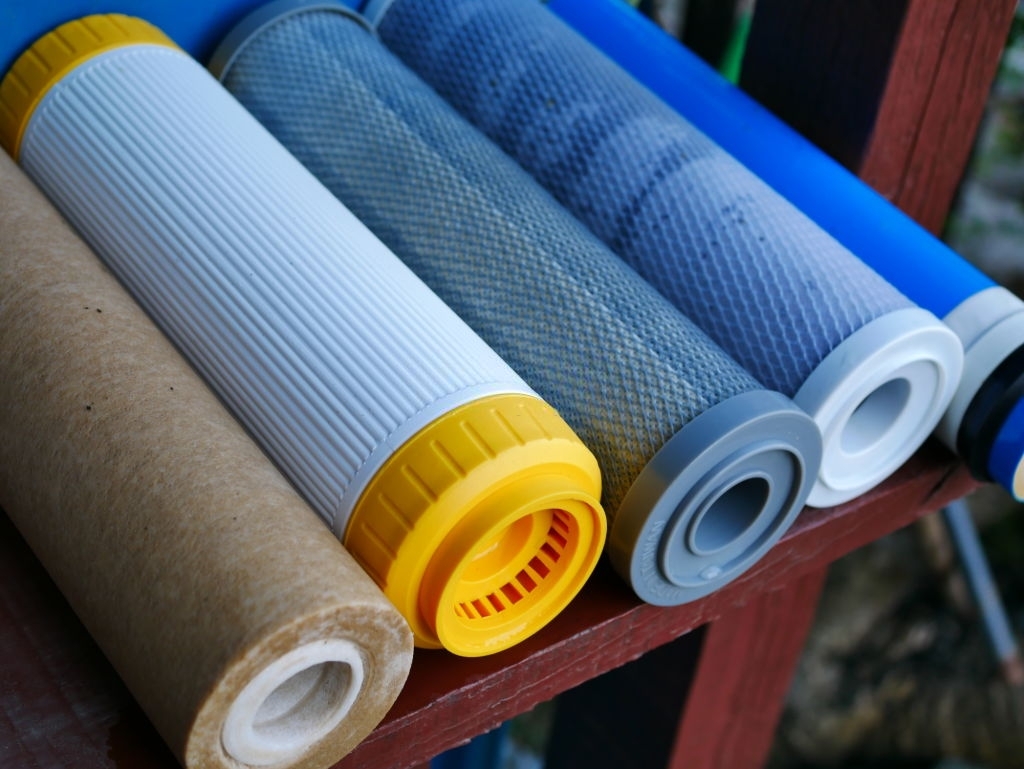
Graphene is a two-dimensional array of carbon atoms formed in the form of a honeycomb crystal lattice. It is a thin, one-bit thick substance and is considered the lightest, most robust, most delicate, best heat-and-electricity conducting material ever discovered. Because of its surprisingly broad set of exceptional properties, it has garnered the title 'miracle material.'
Graphene is indeed a topic of unyielding study. It is because of the rationale that it has the potential to revolutionize whole industries. As researchers work on many different kinds of graphene-based materials, each one shows unique qualities and designation.
Several filtration or purification systems do not encompass a broad spectrum of water-pollutants attempting to eliminate water pollutants. It turned out to be an obstacle to water treatment. On the other hand, a research study published in Nature Communications revealed water desalination by membrane distillation using graphene membranes.
These graphene membranes have a high salt-rejection rate and outstanding anti-fouling capabilities. These are capable of removing various contaminants like salts, oils, and surfactants. Researchers have investigated the processing of seawater through these graphene nanochannels, where it "serves as an efficient water permeation path."
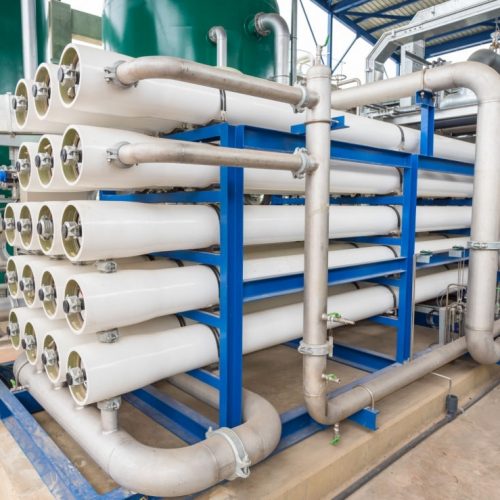
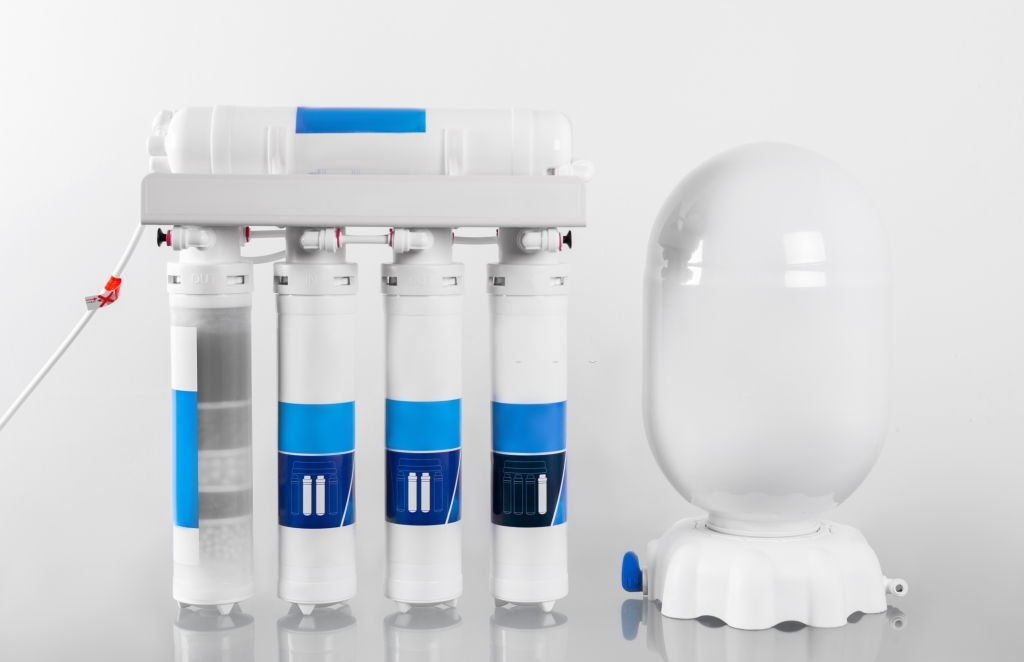
In another report from the scientists of the University of Manchester, they reported that they were able to construct a new operational graphene-based sieve for seawater filtration. Though it swells, allowing ions to pass through, graphene oxide is another popular material used for filtering seawater. There is an application of a protective epoxy membrane or other chemical modifications such as polydopamine to prevent swelling.
In several parts of the world, water issues such as toxic chemicals and pollution are common. These have recently encouraged researchers in Australia to test a new form of water filter that purifies and desalination the water in a single phase. The same method may eventually benefit more than 2 billion people worldwide who do not have access to clean drinking water.
This form of filter is composed of Graph air, which is a type of graphene. According to Dong Han Seo, a researcher at the Australian research organization CSIRO, Graphair has a unique atomic structure where the channel only allows pure water molecules to pass through and at the same time eliminating all the bigger particles of contaminants. As water flows through, the filter blocks the passage of salts, oils, chemicals, and other pollutants.
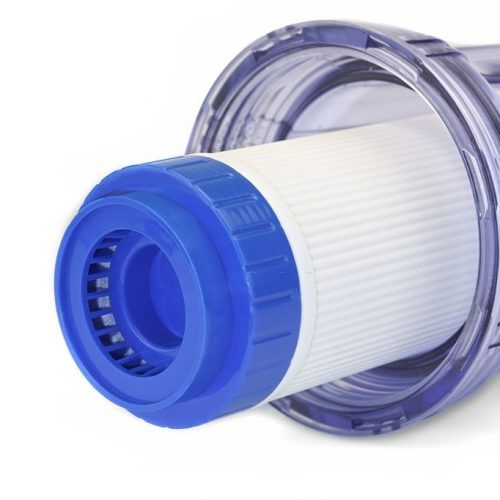
Contamination of water is an extreme concern to the world. However, through graphene-based innovations, contaminants’ elimination is much more efficient than other water treatment processes, such as reverse osmosis. As a promising material to fulfill the need for clean water, it is now a challenge for scientists to expand graphene development and increase technological efficiency.
Fill the form below: